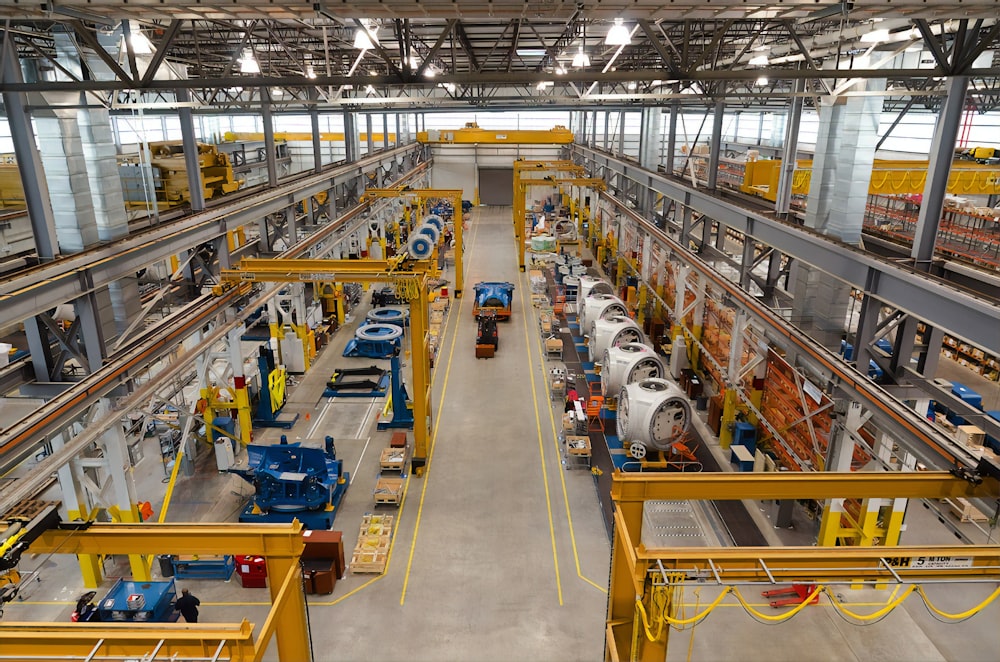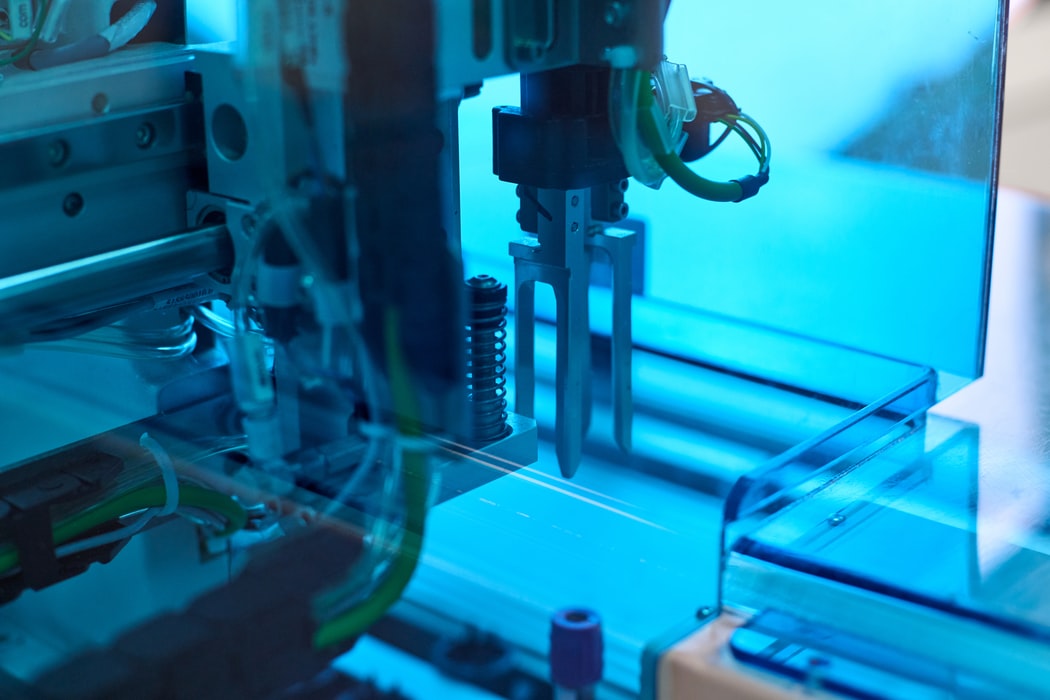
Why Manufacturing Sector Is Severely Impacted
The manufacturing industry is a crucial aspect of the economy and it is responsible for about 16 percent of the global GDP in 2018. This explains why most administrations make efforts to promote the manufacturing sector. However, it is one of the worst-hit sectors from the COVID-19. The first lockdown that was issued brought manufacturing to a halt, impacting the entire supply chain.
This triggered series of events including continued downward pressure on demand, a decline in global FDI inflow, weakened links in the supply chain, global economic recessions, among others. This unprecedented disruption has compelled the manufacturing sector to rethink their business continuity strategy and promptly align their business operations and strategy to ensure employee safety and ensure business continuity in a swiftly changing environment.

Possible Worst-Hit Sectors
According to a recent study, five sectors are more likely to experience the most impact. These include printing and publishing, apparel and textile products, fabricated metal products, industrial machinery and equipment, and miscellaneous manufacturing. However, this article will only analyze two of these segments.
Printing And Publishing
Have you realized that you have consumed most content by going online than by reading a book, magazine, newspaper, or any print material since the pandemic began? The pandemic has altered consumers’ content patterns and caused major disruptions for this sector.
During the first wave of the pandemic when people were expected to stay home and nations were implementing lockdown measures, content developers were steadily making content available through their websites. Publishers responded to different content demands and ensured that readers could easily access the latest news, gossip material, art, information, by going online to support home-schooling.
However, these have posed different levels of challenges for the publishing value chain. Even though most of these restrictions have been relaxed, is consumer behavior likely to go back to the way it was pre-COVID-19? This is highly unlikely. Even before the pandemic, millennials and generation Z were a strong advocate of the internet and digitalization. They will always pick digital content over printed materials.
Even generation X and generation alpha are not left out of this trend. With limited circulations of printed materials, social distancing, playground being replaced by online books, schools taking online classes, and other safety measures, generation X and generation alpha are forced to follow this trend. All this translates to severe decrease in revenue for the print industry.
Most of the printing houses have had to suspend their printed editions, slash content, or even shut down till further notice. Asides from this, readers now want uninterrupted online content consumption, which means fewer ads.
The Way Forward
So, what is the way forward? Today, consumers have a wide range of alternatives to access the content. They expect extensive data, high-quality content, videos, and moving images. Publishers and those in the publishing industry need to re-strategize. Since ads are not generating as much revenue, publishers, journalists, and other content creators can look into incorporating contextual ads to generate traction.
Apparel and Other Textile Products

Another segment under the manufacturing industry that has felt the harsh impact of the COVID-19 pandemic is the apparel and textile products industry. The garment segment appears to be the worst hit with recent reviews suggesting that nearly 86 percent of establishments have experienced a severe decline in orders.
There has also been a drop in the United States cotton prices since March 2020 due to majority of manufacturers halting production lines and retailers across the globe have closed their stores as a result of the pandemic..
In fact, over 350,000 workers under Bangladesh’s ready-made clothing line have been dismissed from work. Moreover, in the UK, clothing retailers have also been devastatingly impacted by the pandemic as the government introduced new regulations that will force non-essential retailers to close their stores. These Tier-4 restrictions which were announced in the period before the 2020 Christmas celebration, are expected to cost nearly USD 2.66 bn in sales each week.
The Way Forward

Nations must begin to take immediate and strategic steps to restructure and revive their economies to prevent wide gaps in production, technology, and wealth across borders. This may necessitate bridging the infrastructure gap, reinforcing, and expanding processing capabilities, developing sustainable apparel and textiles production facilities, and improving the global image of the nation as the best choice for apparel and textile products.
Investors in the apparel and textile product industry could realize substantial economic advantages from targeted investments. One such opportunity is sustainable and recycled fibers. These are projected to substitute resource-concentrated raw materials. Smart textiles also have increased opportunities when applied to industries like medical, automotive, and construction equipment.

References
Gupta, D. (2020, July 17). COVID-19: Impact on the publishing industry and the new normal. Retrieved from :Nagarro
Hajjar, B. (2020, August 10). How the textile industry can help countries recover from COVID-19. Retrieved from: World Economic Forum
PWC. (2020). COVID-19: What it means for industrial manufacturing. Retrieved from: PWC
Style, J. (2021, February 12). How Coronavirus is impacting the global apparel industry. Retrieved from Just Style
Tomorrow, M. (2020, December 12). Impact of COVID-19 on the Process Manufacturing Industry; 2020. Retrieved from: Manufacturing Tomorrow

